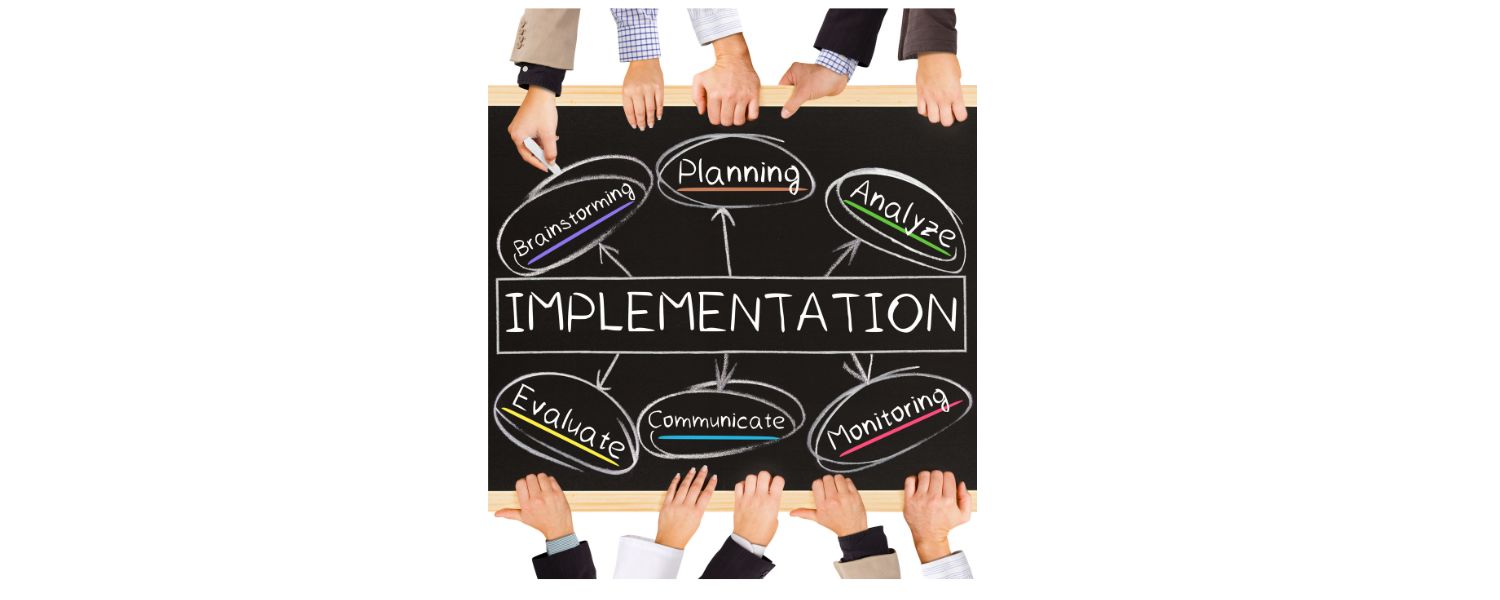
In the world of finance and accounting, the reconciliation process is a crucial one. It is the process by which financial records are compared with supporting documentation to ensure that they align accurately and are consistent. The process is used in various situations, such as bank statement reconciliation, accounts receivable reconciliation, and inventory reconciliation.
Historically, reconciliation has been a manual and time-consuming task, prone to error. However, thanks to new technology, automation has made the task easier, by removing the risk of human error.
This blog will explore the importance of automating reconciliation, the benefits it offers, and the best practices to implement it effectively.
1. The importance of reconciliation
Reconciliation is the backbone of financial accuracy. Inaccurate or incomplete reconciliation may give rise to serious financial consequences, including fraud, misreporting, and financial loss. Here are some areas where reconciliation plays a vital role:
Bank statement reconciliation
Businesses and individuals should reconcile their bank statements to ensure that their records match those held by their bank. Any discrepancies may indicate error, fraud, or even embezzlement. Timely and accurate bank statement reconciliation is crucial for maintaining financial accuracy and accountability.
Accounts receivable reconciliation
Companies must reconcile their accounts receivable to ensure that they are correctly tracking money owed to them. An accurate accounts receivable ledger means better cash flow management.
Inventory reconciliation
Retailers and manufacturers rely on inventory reconciliation to track their stock levels accurately. Mismatched inventory records can lead to overstocking or understocking, both of which can affect profitability.
Credit card reconciliation
Credit card reconciliation is essential for individuals and businesses to verify their credit card transactions. It helps detect unauthorized charges and billing errors and ensures compliance with expense policies.
Financial statement reconciliation
Preparing financial statements requires reconciliation of multiple accounts and transactions. Errors in this process may lead to misinformed decision-making by executives, investors, and creditors.
2. The challenges of manual reconciliation
Historically, reconciliation has been performed manually, relying on spreadsheets and paper documents. This approach has several inherent challenges:
Error-prone
Manual reconciliation is prone to human error, where even a slight oversight can result in substantial financial disparities.
Time-consuming
The process is time-consuming, as it requires meticulously comparing large volumes of data. This can lead to financial reporting delays.
Lack of scalability
As the volume of transactions grows, manual reconciliation becomes increasingly impractical and labor-intensive.
Audit trails and compliance
Maintaining an audit trail for manual reconciliation can be challenging, which can be a significant issue in highly regulated industries.
Resource-intensive
Manual reconciliation requires skilled personnel to perform the task, which can be costly for organizations.
3. The solution: automating reconciliation
Automation offers a powerful solution to the challenges associated with manual reconciliation. By leveraging technology, organizations can streamline the reconciliation process, reduce errors, and boost efficiency. Here's how automation transforms reconciliation:
Enhanced accuracy
Automation systems are engineered to execute tasks with precision, significantly reducing the risk of human error and helping organizations to maintain reliable financial records and enabling them to make informed decisions.
Speed and efficiency
Automating reconciliation speeds up the process. Computers can compare and match large datasets in a fraction of the time it would take a human. This speed and efficiency enables organizations to close their books faster and provide up-to-date financial information.
Scalability
Automated reconciliation systems can handle large volumes of data without a significant increase in resources. As a result, organizations can scale their operations without a proportional increase in the size of their reconciliation team.
Improved audit trails and compliance
Good automation systems will include robust audit trail capabilities so that all modifications and activities carried out throughout the reconciliation process can be accurately monitored and recorded, simplifying the task of adhering to regulatory requirements and internal audit criteria.
Cost savings
Although there is an upfront expenditure associated with establishing an automated reconciliation system, the potential long-term cost reductions can be significant. Reduced labor costs and the avoidance of financial errors outweigh any upfront costs.
4. Benefits of automating reconciliation
Aside from reducing human error and improving efficiency other key benefits associated with an automated reconciliation process include:
Real-time insights
Automation enables organizations real-time insights into their financial data. This timely information is invaluable for decision-making, as it allows businesses to react quickly to changing market conditions and financial challenges.
Risk mitigation
Automation helps mitigate financial risks by identifying discrepancies and errors early. This enables organizations to take corrective action promptly, reducing the potential impact of errors and fraud.
Streamlined processes
Automation streamlines reconciliation processes and reduces the need for manual intervention. This simplification of tasks enhances overall productivity and reduces the administrative burden on finance and accounting teams.
Enhanced decision-making
Having precise and current financial data at their disposal empowers organizations to make informed choices regarding investments, resource allocation, and strategic planning.
Improved customer satisfaction
In the case of accounts receivable reconciliation, automation ensures that customers are billed accurately and promptly, increasing customer satisfaction and enhancing business reputation.
5. Implementing automated reconciliation effectively
To fully leverage the benefits of automated reconciliation, organizations must follow some best practices:
Define clear objectives
Before implementing an automated reconciliation system, clearly define your objectives. Understand what specific processes you want to automate, what outcomes you expect, and how automation aligns with your broader financial and operational goals.
Choose the right software
Selecting the right software or technology platform is critical. Consider your organization's size, industry, and unique requirements.
Data quality matters
Automation relies heavily on data quality. Ensure that the data you feed into the system is accurate, complete, and consistent. Implement data validation processes to catch and correct errors at source.
Train and engage your team
The successful implementation of automation will rely on the active involvement of your finance and accounting team. Provide the necessary training and ensure that your team is engaged and comfortable with the new technology.
Monitor and fine-tune
Continuous monitoring of the automated reconciliation process is essential. Regularly review the results, identify any issues, and fine-tune the system to improve accuracy and efficiency.
Embrace data security
With automation, data security is paramount. Implement strong security protocols to safeguard confidential financial data and adhere to data protection regulations effectively.
Integrate with other systems
For a seamless reconciliation process, consider integrating your automation system with other financial and accounting software, such as your ERP system or accounting software. This ensures a cohesive and integrated financial ecosystem.
Maintain flexibility
While automation can greatly streamline reconciliation, it's essential to remain flexible. Be prepared to adapt to changing regulations, business processes, and technologies.
In conclusion
Automating reconciliation is a transformative step for organizations looking to reduce errors, improve efficiency, and gain a competitive edge. The benefits of automation extend to increased accuracy, streamlined processes, and real-time insights into financial data.
Through the effective implementation of automation and a keen focus on emerging technologies and best practices, organizations can lay the foundation for a future in which financial operations are both more secure and highly efficient. As the finance and accounting landscape continues to evolve, automated reconciliation is poised to play an increasingly vital role in business success.
Billsby, ranked by G2 as the Number 1 subscription billing platform, simplifies financial reconciliation by automating the process, reducing manual errors, and enhancing efficiency whilst also providing award-winning customer service support. With its intuitive software, Billsby enables you seamlessly to match payments, invoices, and subscriptions, streamlining the reconciliation workflow. This results in accurate financial reporting, reduced discrepancies, and significant time savings. For more in-depth guidance and bespoke solutions, visit www.billsby.com today.





